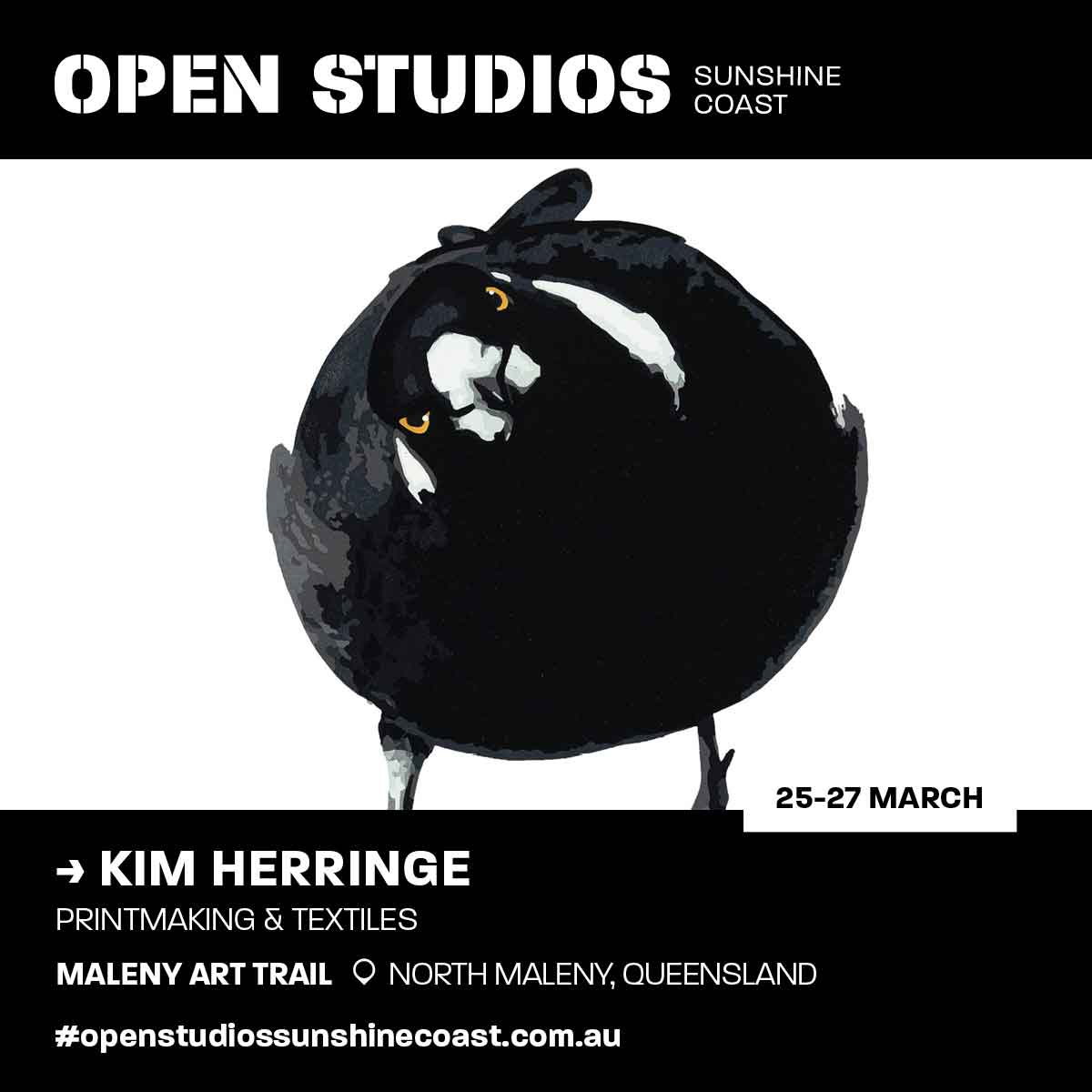Printmaking Paper – Part 4: Paper Size
And finally the last in my paper Four Part Series. Let’s have a look at Paper Size (as in the physical dimension of paper and not paper size that relates to adding a degree of water resistance to paper).
WHAT MAKES 'PRINTMAKING PAPER' PRINTMAKING PAPER?
MY FAVOURITE PRINTMAKING PAPERS
STORING YOUR PRINTMAKING PAPERS
(and other information you didn’t know you needed to know)
ALL ABOUT PAPER SIZE – where you are right now 🙂
- Standard Paper Sizes
- International Standard A, B and C Paper Sizes
- Standard A Series Paper Sizes
- Standard B Series Paper Sizes
- Standard C Series Envelope Sizes
- Is there a standard Printmaking Paper size?
Paper Part 4 – All About Paper Size
- Standard Paper Sizes
- International Standard A, B and C Paper Sizes
- Standard A Series Paper Sizes
- Standard B Series Paper Sizes
- Standard C Series Envelope Sizes
- Is there a standard Printmaking Paper size?
There is a lot of information online about different standard paper sizes, with charts and diagrams detailing specific dimensions. The best one-stop-website I found detailing every thing you could possible want to know about the different paper size standards around the world at www.papersizes.org.
Standard Paper Sizes
Paper can be bought is sheets (individual and padded) and rolls, available in an overwhelming range of sizes and lengths. Sizes vary across paper application and country of manufacture.
Broadly speaking there are two main paper sizing standards:
- ISO 216 Standard – International Standard for Organisation, used throughout the world except for the USA, Canada and Mexico
- US paper sizes – used in USA, Canada and Mexico
Japan has its own standard system – JIS – Japanese Industrial Standards. The JIS ‘A’ paper size is the same as ISO 216 used in Australia and the UK. The JIS ‘B’ series is not the same as ISO 216 B series paper, rather it has an area of 1.5 times the A paper size.
In addition, there are standard sizes for specific applications:
Broadsheet – 381 x 578 mm -or- 15″ x 22.75″ (USA) – with variations across four other countries
Berliner – 315 x 470 mm -or- 12.4″ x 18.5″ – specific to Europe
Tabloid – 280 x 430 mm -or- 11.0″ x 16.9″ – and a few other variations across several countries
International Standard Postcard Sizes:
- Maximum size – 235 x 120 mm -or- 9.25″ x 4.72″
- Minimum size – 140 x 90 mm -or- 5.51″ x 3.54″
US Postal Service Standard Postcard Size
- Maximum size – 235 x 120 mm -or- 9.25″ x 4.72″
- Minimum size – 140 x 90 mm -or- 5.51″ x 3.54″
Most countries in the world print posters based on the ISO216 Standards, using the ‘A’ series – A3, A2, A1 etc.. I have listed the measurements for these further down the page.
The UK uses a Billboard Poster standard of paper sizing:
- 1 sheet – 508 x 762 mm -or- 20″ x 30″
- 2 sheets – 762 x 1016 mm -or- 30″ x 40″
- 3 sheets – 1016 x 1524 mm -or- 40″ x 60″
Billboard are big! And their sizes vary across different countries. Billboards started to appear on the side of buildings in the 1800s and migrated to their popular roadside placements as motor vehicle transport increased. I’m not going to list billboard sizes here. Instead, you can check them out here.
A4 (210 x 297mm) is the most commonly used paper size in the world. US Legal and Letter are the US standard size equivelants.
A series papers work with an aspect ratio of √2 0r 1:1.4142. The series starts with A0 and gets larger (2A0, 3A0) or smaller (A2, A3, A4 etc) from there.
A0 has an area of 1 m2, rounding to the nearest millimetre.
Successively smaller paper sizes (A1, A2, A3, etc.) are defined by halving the area of the preceding paper size:
- Fold an A0 sheet in half along the longest edge and you will have an A1 sized sheet
- Do the same with folding A2 in half, along the longest edge, for an A3 sheet
- Do the same again folding an A3 sheet in half along the longest edge to get an A4 sheet
- and so on

Another way to look at it is to place two sheets of A4 paper side-by-side (portrait or tall orientation) and they will fit into an A3 sheet; two sheets of A3 side-by-side will fit into an A2 sheet and so on.
Scroll down or click here for a visual overview of the A series paper sizes, how they fit with each other, and a chart detailing their millimetre and inches measurements.
The B series paper sizes were created to provide paper sizes that not covered by the A series, but also using the same aspect ratio 1:1.4142.
I have never specified a B paper size when I was working in a commercial print world. From what I have been able to learn, it seems that posters reference the B size chart more than other applications.
Scroll down or click here for a visual overview of the B series paper sizes and a chart detailing their millimetre and inches measurements.
C sizes are all about envelopes.
If you want to place an A4 sheet of paper neatly in an envelope, without folding the paper, then you will want to use a C4 sized envelope.
Fold that A4 paper in half and it conforms to A5 dimensions, that size will fit neatly into a C5 envelope.
Fold that paper again and you have a folded paper size of A6, neatly fitting in to a C6 envelope.
Neat hey!
Scroll down or click here for a visual overview of the C series paper sizes and a chart detailing their millimetre and inches measurements.
A4 is the most commonly used paper size in the world. We use A4 and A3 papers in workshops for different printing applications. This is in addition to larger printmaking paper trimmed to smaller sizes to suit the workshop application.
I have shown here the A4 and A3 US equivalents:
- For A4 paper, the US equivalent is Legal or Letter paper size
- For A3 it is Ledger or Tabloid paper size
Standard C Envelope Sizes
In addition to the C series of envelope sizes is the DL envelope and variations of B and C sizes.
DL is very common – its what most business letter and bills are posted with. It is that longer skinny-ish envelope that fits an A4 piece of paper folded twice into 3 equal sections. I’ve not illustrated the DL here, but it’s dimensions are 110 x 220 mm -or- 4⅓” x 8⅔”.
Click each image for an enlarged view if it is too small on your screen.
Is there a Standard Printmaking Paper Size?
I have not been able to find any international standard specific to Printmaking or Fine Art Paper size.
However, most of the Printmaking Papers I use come is the following sheet sizes, so I will assume this to be a standard:
- 560 x 760mm -or- 56 x 76 cm -or- approx 22″ x 30″
- and
- 760 x 1120mm -or- 76 x 112 cm -or- approx 30″ x 44″
Japan’s Awagami art papers come in different sizes – generally around 430 x 520mm.
When buying your Printmaking papers, whether online or in-store, paper dimensions should be clearly displayed with the paper.
The larger 760 x 1120 mm sized sheets offer the best value for money – but they are also hard to handle. If you don’t have large flat surfaces to handle and trim them, and suitable storage, I would recommend the 560 x 760 mm sheet size.
Paper Part 4 – the end
What started out finding as definitive answer for “what is printmaking paper” turned into something a lot larger than expected. I hope you found something useful and helpful somewhere in this four part series about paper.
If you missed the other 3 articles, you can get to them from here:
WHAT MAKES 'PRINTMAKING PAPER' PRINTMAKING PAPER?
MY FAVOURITE PRINTMAKING PAPERS
STORING YOUR PRINTMAKING PAPERS
(and other information you didn’t know you needed to know)













Thank you! I have started expanding my skills with gel printing and I would like to start making art prints as opposed just papers for collage. I was wondering what paper I should use and your article popped up! Thank you for this very timely information.
I have recently retuned to Australia from the uk. It’s frustrating how much harder (and more expensive) it is to purchase art resources here. Why oh why do we not have our own art paper manufacturers? A perfect example. Anyway – thanks so much for sharing your research and experience. Appreciated. Amber.
Hi Amber, chuffed your found this useful 🙂 And yes – why or why can’t we produce out own – even our own art papers would be great. I think we import all our art papers. Enjoy gel printing. Whether it be for collage or resolved artworks in their own right, it is a glorious process. cheers, Kim
This is a brilliant resource – thank you!
Thanks so much Ann. Thanks for reading, and I’m thrilled you found it useful 🙂
Amazing!!!! Thank you so much for taking the time & sharing some great experience & info.
Hi Lindy, you are so very welcome. And THANK YOU for taking the time to read and share your feedback 🙂 I do love paper, and I quite enjoyed putting these together. Now we all know a little more about the delicious material that lets us do so much with it. cheers, Kim